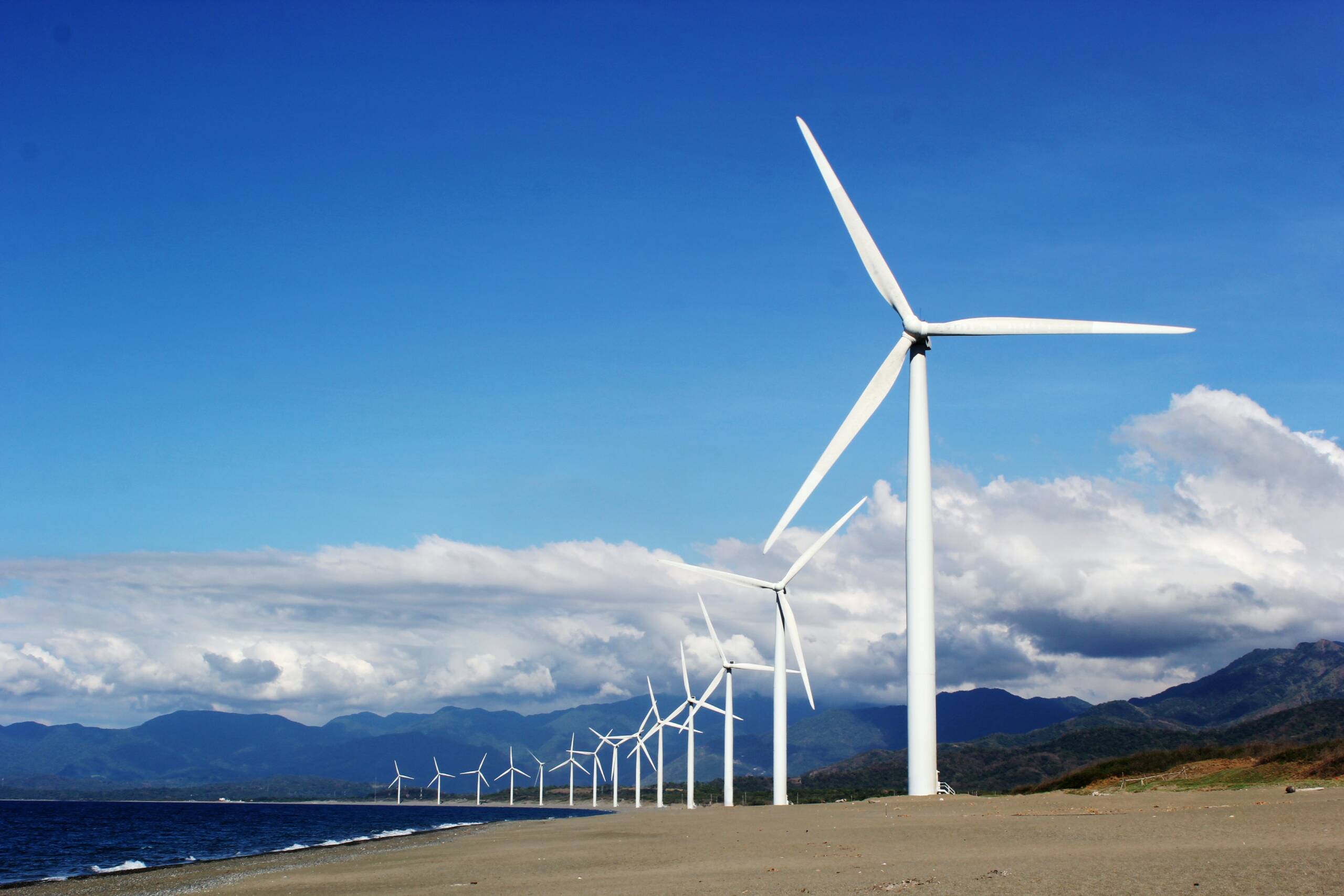

What we can do today to upgrade the situation with ecology, not just locally

A very interesting, yet a bit terrifying information about energy sources

This one is about why green energy is a profitable way to better ecology

Q As the world grapples with the challenges posed by climate change, the importance of transitioning to sustainable and environmentally friendly energy sources has become increasingly evident. Two commonly used terms in the energy sector are "renewable energy" and "green energy." While they are often used interchangeably, there are nuanced differences between the two.…

Q Solar energy has gained significant attention as a clean and renewable source of power. But have you ever wondered how those sleek panels on rooftops and solar farms actually work? In this article, we'll take a closer look at the fascinating process behind solar panels and how they harness the sun's energy to generate…

Q As the world grapples with the pressing need for sustainable solutions, renewable energy emerges as a beacon of hope for a brighter future. With its abundant and clean characteristics, renewable energy sources have the potential to transform our energy landscape, mitigate climate change, and usher in a sustainable era. This article explores the…

Q As solar energy continues to gain momentum as a viable and sustainable energy source, understanding the intricacies of a solar energy contract becomes essential for consumers. A solar energy contract serves as the foundation for a successful solar installation, ensuring a clear understanding of the terms, benefits, and obligations involved. This article aims to demystify…

Q As the world seeks sustainable and clean energy sources, wind energy emerges as a compelling solution. With its abundance and environmental advantages, wind power has gained significant traction in recent years. This article presents facts about why wind energy makes sense, shedding light on its benefits and potential to shape a greener and more sustainable…

Installing a home solar electric system offers numerous benefits, including reduced electricity bills, lower carbon emissions, and increased energy independence

As the demand for solar energy increases, this trend is expected to continue, fostering a sustainable and prosperous green economy.

As the world seeks to diversify its energy sources and reduce reliance on fossil fuels, marine energy has emerged as a promising frontier. Harnessing the immense power of the ocean and its tides, waves, and currents, marine energy presents a unique opportunity to tap into a vast and renewable resource. In this article, we will explore the potential of marine energy, its various technologies, and the benefits it brings to the global energy landscape.
The Power of the Oceans
The world's oceans possess enormous energy potential. Tides, waves, and ocean currents are continuously in motion, driven by the gravitational pull of the moon and the sun. By effectively harnessing this energy, we can unlock a consistent and reliable source of power.
Tidal Energy
Tidal energy is generated by capturing the kinetic energy of tides as they rise and fall. Tidal power plants utilize turbines placed strategically in estuaries or narrow passages to harness the energy from the tidal movements. This predictable and reliable source of energy has the potential to provide a significant portion of our electricity needs.
Wave Energy
Wave energy captures the motion of ocean waves and converts it into electricity. Wave energy devices, such as floating buoys or submerged systems, harness the energy of the waves' vertical and horizontal motion. This renewable energy source is abundant, particularly in coastal areas, and has minimal environmental impact.
Unlocking the power of the oceans, marine energy surges as a force of nature, harnessing waves, tides, and currents to illuminate a sustainable and resilient energy future.
Ocean currents, driven by temperature differences and wind patterns, carry immense amounts of energy. Devices such as underwater turbines or submerged platforms can extract this kinetic energy to generate electricity. Ocean current energy offers a continuous power source, unaffected by tides or waves, making it a highly reliable option.
Marine energy presents several environmental benefits. It produces clean and renewable power without generating greenhouse gas emissions or air pollutants. Unlike fossil fuel extraction, marine energy has minimal impact on landscapes and ecosystems, preserving marine biodiversity and reducing environmental degradation.
Predictability and Reliability
One of the key advantages of marine energy is its predictability and reliability. Tides, waves, and ocean currents follow established patterns and can be accurately predicted years in advance. This predictability ensures a consistent and dependable source of power, making marine energy a valuable addition to the energy mix.
Energy Independence and Security
Marine energy reduces dependence on imported fossil fuels, enhancing energy independence for coastal regions and island communities. By tapping into their local marine resources, these areas can secure a sustainable and reliable energy supply, reducing vulnerability to price fluctuations and geopolitical uncertainties.
Potential for Decentralized Generation
Marine energy enables decentralized power generation, particularly in coastal regions. Local communities can harness the energy of their surrounding seas, reducing transmission losses and enhancing energy resilience. This decentralized approach empowers communities, promotes energy democracy, and fosters regional economic development.
Technological Advancements and Innovation
Advancements in marine energy technologies continue to drive the sector forward. Research and development efforts are focused on improving the efficiency and effectiveness of tidal, wave, and ocean current devices. Innovations in materials, device designs, and deployment techniques are making marine energy increasingly viable and cost-effective.
Integration with Other Renewables
Marine energy can complement other renewable energy sources, such as solar and wind power. Integrated energy systems that combine multiple renewables can provide a more stable and balanced energy supply. By leveraging the synergies between these sources, we can optimize the utilization of renewable energy and create a more sustainable energy mix.
